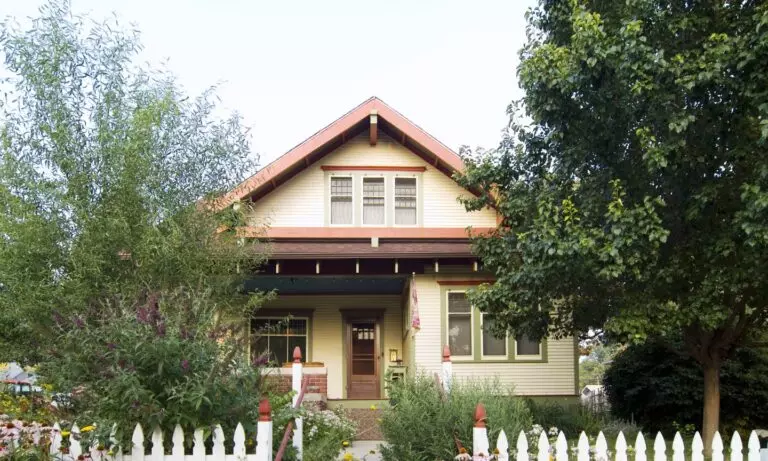In an effort to curb inflation, the Federal Reserve increased Wednesday’s key short-term rate by one-quarter percent. Although it won’t have much effect on mortgage rates for the near term, the action could push them down in the long-term.
The overnight federal funds rate will increase by 0.25 percentage point to 4.5% to 4.75%. The prime rate will increase by 25% to 7.75%. The prime rate will be affected by interest rates, including home equity line of credit. They will rise by 0.25%. However, mortgage rates will not necessarily increase.
Inflation is causing mortgage rates to fall
We all knew that the Fed would increase the overnight rate at its next meeting weeks ago. Fixed mortgage rates declined for much of January, despite this. This was not a significant drop. The average 30-year fixed-rate mortgage rate fell to 6.29% in January from 6.38% in December.
However, when mortgage rates and federal funds rates move in opposite directions it serves to remind that although the Fed can influence mortgage rates, they don’t actually set them. A constellation of market forces governs mortgage rates.
Inflation has had a significant impact on mortgage rates in recent years. Mortgage rates fell in January because of a falling inflation rate. The December consumer price index showed an overall increase of 6.5% in prices over the past 12 months. This is a decrease from the peak of 9.1% in June.
2% inflation is still a stretch goal
It has some way to go before the Fed can push inflation to 2%. Michael Fratantoni (chief economist at the Mortgage Bankers Association) stated in an email that “The Federal Reserve will continue increasing short-term rates for inflation fighting, and will ultimately succeed, but it will take early 2024 before inflation hits their 2% target.”
Eight times per year, the Fed’s monetary committee meets. This was the eighth consecutive rate increase. After a slow start last spring, the central bank pushed the accelerator hard with four increases of 0.75 percent per year in summer and autumn. It has now slowed down: First, with a quarter-point increase in December, and then with a half point rise in January.
Rates and plans for automobiles
Lorie Logan, President of the Federal Reserve Bank of Dallas used a different metaphor to explain the smaller rate increases: “Now, when you’re on the road and you encounter fog or a dangerous highway it’s a good idea slow down.” She spoke in a speech Jan. 18. According to her, the fog is made up of data and qualitative reports that will get more mixed with the slowing economy. ”
In a speech on Jan. 20, Fed Governor Christopher J. Waller used an aeronautical metaphor to explain the Fed’s reasoning. He said, “After climbing steeply, and using monetary policies to significantly increase interest rates throughout the economy,”
According to Daryl Fairweather (chief economist at Redfin’s real estate brokerage Redfin), it’s sensible to slow rate increases because they don’t want too much in the hawkish way. She believes that this could lead to economic growth being slowed, which would do more harm than good.
HELOC payments are going up
Home equity lines are popular ways for homeowners to finance renovations and repairs. It will be more costly to borrow funds or repay existing loans due to a quarter-point increase in HELOC rates. For a $50,000 balance the monthly interest rate will increase by $10.42.
